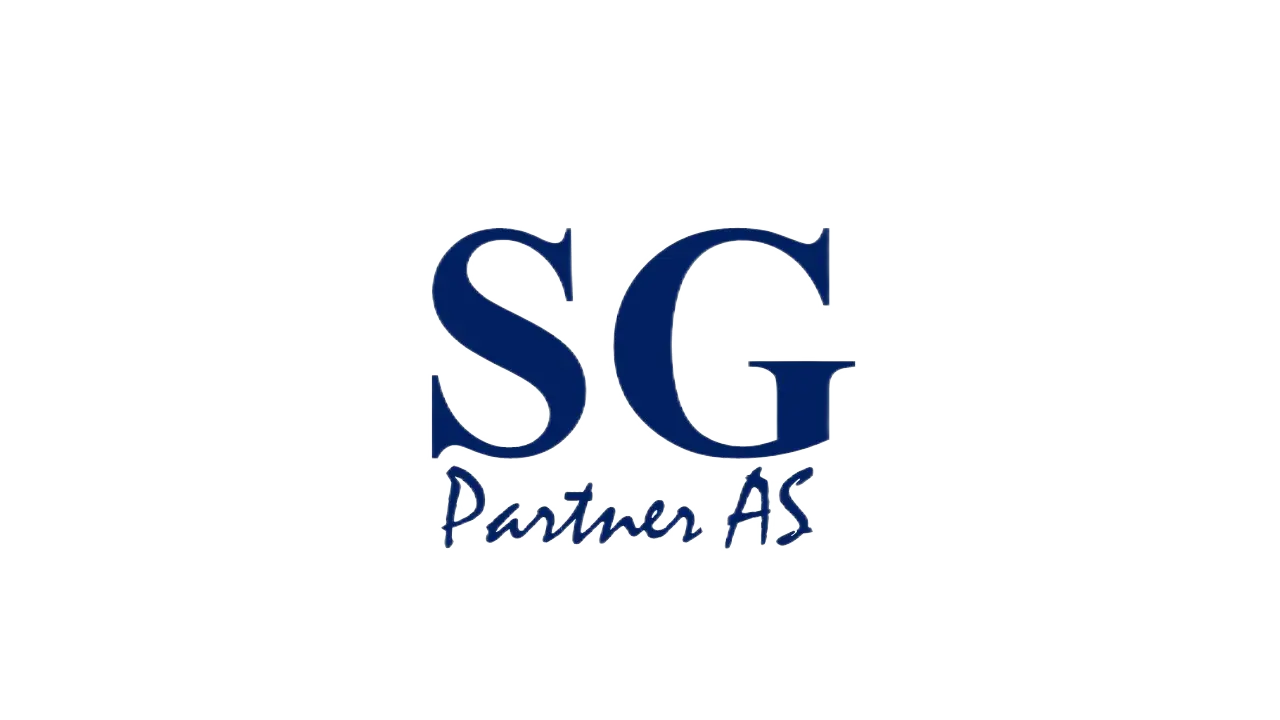COURSE OBJECTIVE:
Course Objectives The Relational Databases & Data Modelling Overview course provides an understanding of the structure of a RDBMS (Relational Database Management System) and the underlying principles of relational analysis and data modelling.
TARGET AUDIENCE:
Who will the Course Benefit? Developers moving into the area of relational databases who need an understanding of the principles and logic of the relational database; programmers who are to start programming in SQL and need to know the principles on which it is built; programmers who need to understand entity modelling and normalization; analysts needing a knowledge of entity modelling and entity relationship diagrams and any others who need to know the principles of relational analysis and data modelling but do not need a complete systems analysis course.
COURSE PREREQUISITES:
Requirements An understanding of Information Technology concepts and computer terms is required.
COURSE CONTENT:
Relational Databases & Data Modelling Overview Training Course Course Contents – DAY 1 Course Introduction • Administration and Course Materials • Course Structure and Agenda • Delegate and Trainer Introductions Session 1: INTRODUCTION TO RELATIONAL DATABASES • The Database Approach • Database Management Systems • The function of a Database Management System • The Processing Architecture • The Schema Architecture • The Storage Architecture • An overview of Database System Development • An overview of general database principles Session 2: CONCEPTUAL DATA MODELS • Overview of Entity Models • Entities and how to identify them • Attributes and how to identify them • Relationships and their qualities • Building an Entity Relationship Diagram • Resolving many-to-many relationships • Sub-type and Super-type Relationships • Arc Relationships • Recursive Relationships • Constraints and Assumptions • Normalisation to the First Normal Form (1NF) • Normalisation to the Second Normal Form (2NF) • Normalisation to the Third Normal Form (3NF) • Exercises: • Analysing a specification • Creating an Entity Relationship Diagram from the specification Relational Databases & Data Modelling Overview Training Course Course Contents – DAY 2 Session 2: CONCEPTUAL DATA MODELS (continued) • Normalisation to the First Normal Form (1NF) • Normalisation to the Second Normal Form (2NF) • Normalisation to the Third Normal Form (3NF) • Exercises: Data Normalisation producing table specifications and Entity Diagrams Session 3: THE RELATIONAL MODEL • Relational Structure • Relational Terminology • Domains • A Relational schema • Candidate keys and Primary Keys • Foreign Keys • Key Constraints • Attribute Constraints • Implementing Sub-type/Super-type Relationships • Views • Denormalisation using Pre-joined Tables • Denormalisation using Derived Data • An Introduction to Structured Query Language (SQL) • Simple Queries • Simple Updates of the Data • Exercise: Data Modelling from an Invitation to Tender
FOLLOW ON COURSES:
Further Learning Introduction to SQL Introduction to SQL on Oracle Oracle SQL & PL/SQL Fundamentals Oracle SQL Fundamentals Introduction to MySQL Oracle SQL Introduction to MariaDB SQL for PostgreSQL Querying Microsoft SQL Server with Transact-SQL Microsoft SQL Server with Transact-SQL


